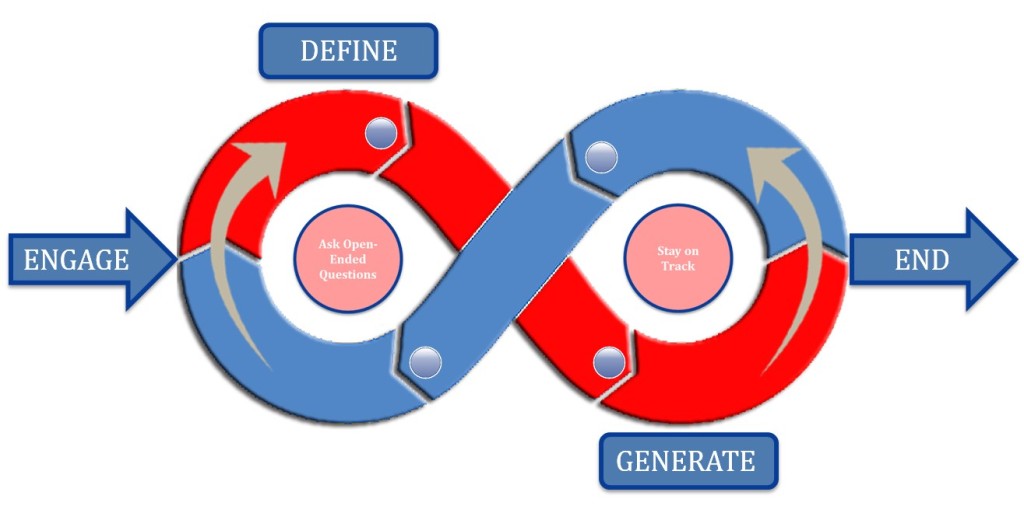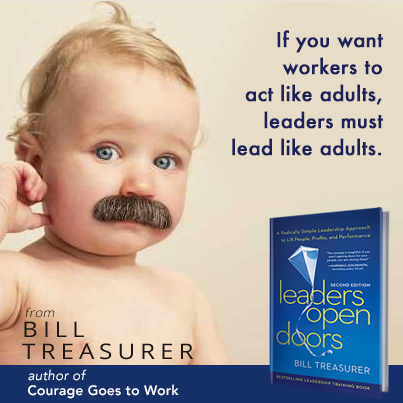In case you’re not up on your Latin “Moveo Moti Motum” is Latin for Influence. When searched on Google, Influence garners over 135 million results. So, what really is influence? When Moveo Moti Motum is translated from Latin is literally means to move, arouse, affect, and influence. Using one of my favorite dictionary sites, Influence is defined as
the power to change or affect someone or something : the power to cause changes without directly forcing them to happen : a person or thing that affects someone or something in an important way : the power or capacity of causing an effect in indirect or intangible ways
This definition is the same for negative as well as positive influence, both can be equally powerful. The level of influence you have comes from a variety of sources. How much expertise you have, how credible your position and objectives are, how visible you are, and how you align your objectives with the organization all serve to increase your ability to have a positive influence on others.
In the workplace, at home, at school, whenever we are communicating and interacting with other humans, we need to be able accomplish our goals. This need requires a focus on synergy and a savvy influence ability because you may or may not be in a position to exercise pure power or authority in the situation.
And, even if you are in a position of power or authority, consider what Dwight D. Eisenhower the 34th President of the United States and a five-star general in the United States Army during World War II says about influencing others:
Leadership is the art of getting someone else to do something you want done because he wants to do it.
This holds true for everyone, including parents, coaches, neighbors, it’s not just leaders.
So, influence can equal leadership. Renowned author and speaker John C. Maxwell believes:
Leadership is influence, nothing more, nothing less.
If you think about it we rely on influence to get everything we do, done. Whether it is getting approval for spending beyond your budget, placing items onto an agenda for the next executive meeting, or sharing the importance of practice with your kids, your ability to influence matters.
A key component and the first step to improving your ability to influence starts with a thorough understanding of yourself, your interpersonal, presentation, communication and assertiveness abilities. Consider taking one of the best assessments on the market today, Everything DiSC to gauge where you are with your influence abilities. With the market full of DISC type assessments, this is the original and most useful in multiple aspects of life and business.
At the end of the day learning to adapt your personal style when you become aware of the effect you are having on other people, while still being true to yourself is a vital contributor to building your influence ability.
———————————————————————————————————————-
Consider the following bestselling resources as you seek out developing the “how to” of your influence ability.
In his book Influence: The Psychology of Persuasion the 6 Principles that help to get influence over people, Dr. Robert Cialdini shares the results from his deep research about the various strategies held by people to have influence over their peers. The 6 Principles of Influence/Persuasion that Dr. Cialdini share are: Reciprocity, Scarcity/rarity, Commitment & consistency, Consensus/Social proof, Authority, and Liking.
Similarly, in their book Influencer: The New Science of Leading Change, authors Joseph Grenny, Kerry Patterson , David Maxfield, Ron McMillan, and Al Switzler take us on a journey to discover vital behaviors we want to change, show us how to convince ourselves and others to change minds, and truly master the 6 sources of influence. Those include Personal motivation, Personal ability, Social motivation, Social ability, Structural motivation, and Structural ability.
In the book, Persuasion: The art of influencing people, author James Borg shares that, empathy and sincerity, are the fundamental building blocks for successful persuasion. Empathy is the bedrock of communication – the ability to identify and understand the other person’s feelings, ideas and situation. Sincerity is essential for generating trust. Borg warns that no amount of learning about communication skills without the core virtues of empathy and sincerity will succeed in the longer term.
References
Borg, J. (2007). Persuasion: The art of influencing people. Harlow: Pearson Prentice Hall.
Cialdini, R. B. (2007). Influence: The psychology of persuasion. New York: Collins.
Patterson, K. (2008). Influencer: The power to change anything. New York: McGraw-Hill.






